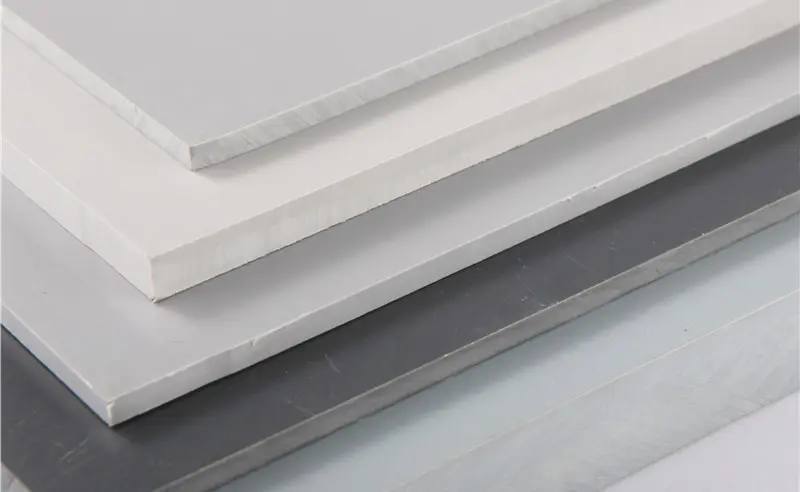Nov . 29, 2024 13:52 Back to list
Exploring the Versatility and Applications of PVC Board in Modern Construction
Exploring the Versatility of PVC Boards Applications and Benefits
Polyvinyl Chloride (PVC) boards are synthetic materials that have gained immense popularity in various industries due to their durability, versatility, and cost-effectiveness. Made from a combination of ethylene and chlorine, PVC boards come in a plethora of sizes, colors, and thicknesses, making them an ideal choice for numerous applications. This article delves into the properties, applications, and advantages of PVC boards, highlighting why they have become a go-to material for both commercial and residential uses.
Properties of PVC Boards
PVC boards are known for their lightweight nature and impressive tensile strength, making them easy to handle and install. They are resistant to moisture, chemicals, and UV rays, which enables them to maintain their integrity and appearance over time. This high degree of weather resistance makes PVC boards suitable for outdoor use, as they do not warp, crack, or fade in the sun. Additionally, they are non-toxic, making them a safer alternative compared to other materials.
Applications of PVC Boards
1. Construction and Building In the construction industry, PVC boards are widely used for various applications, including cladding, flooring, and roofing. Their water-resistant properties make them a preferred choice for bathrooms, kitchens, and outdoor spaces. They can also be used as a lightweight alternative to traditional wood or metal in framing and sheathing, reducing transportation costs and construction time.
2. Signage Due to their smooth surface and ability to hold prints and paints well, PVC boards are extensively used in the signage industry. Whether for indoor promotional signs or outdoor banners, these boards can be customized to feature vibrant graphics and texts, ensuring high visibility and durability.
3. Furniture PVC boards are increasingly used in the furniture industry, especially for cabinets, tables, and shelves. Their resistance to moisture makes them ideal for kitchen and bathroom furniture, where exposure to water is common. Furthermore, PVC boards can be easily cut, shaped, and laminated, allowing for a range of styles and designs.
pvc board

4. Transportation In the automotive industry, PVC boards are utilized in the production of interior panels and components, providing structural support while being lightweight. This contributes to improved fuel efficiency in vehicles by reducing overall weight.
5. Crafts and DIY Projects For hobbyists and DIY enthusiasts, PVC boards offer a versatile material for crafting projects. They can be easily cut into various shapes and sizes, making them suitable for creating models, decorations, and functional items.
Advantages of PVC Boards
One of the primary advantages of PVC boards is their cost-effectiveness. Compared to traditional materials like wood, metal, or glass, PVC boards offer a more affordable solution without compromising quality or durability. Their maintenance requirements are minimal; a simple wipe-down with soap and water is usually sufficient to keep them looking new.
Moreover, PVC boards are eco-friendly as they are recyclable. Many manufacturers are now producing PVC boards using recycled materials, further reducing their environmental impact. This focus on sustainability resonates with the growing consumer preference for eco-conscious products.
Another significant benefit is the ease of installation. PVC boards can be easily cut, drilled, and installed using standard tools without the need for specialized equipment. This user-friendly characteristic appeals to contractors and DIYers alike, facilitating quicker project completion and reduced labor costs.
Conclusion
In summary, PVC boards stand out as a remarkable material that combines practicality with versatility. Their applications in construction, signage, furniture, transportation, and crafts showcase their adaptability across various sectors. With their durability, resistance to weather and chemicals, eco-friendliness, and ease of use, PVC boards have undoubtedly earned their place as a valuable resource in contemporary manufacturing and design. As industries continue to innovate, the role of PVC boards will only expand, making them an essential component of modern materials technology.
-
High Transparency PVC Clear Sheet Super Transparency PVC Sheets & HDPE Cutting Board Supplier
NewsJul.04,2025
-
High-Quality PVC-M Pipe Supplier Trusted PVC Pipe Company & 75mm PVC Connection Pipe Solutions
NewsJul.04,2025
-
PVC Transparent Sheet Roll - Durable & Flexible PVC Plastic Sheet Roll for Industrial & Home Use
NewsJun.24,2025
-
High-Quality PVC PPR Pipes and Fittings Durable ERA PPR Solutions
NewsJun.10,2025
-
High-Quality Large HDPE Sheets & Large Diameter PVC Pipe Durable Large PVC Pipe Supplier
NewsJun.10,2025
-
High Density Polyethylene Cutting Board - Durable & Food Safe
NewsJun.09,2025

